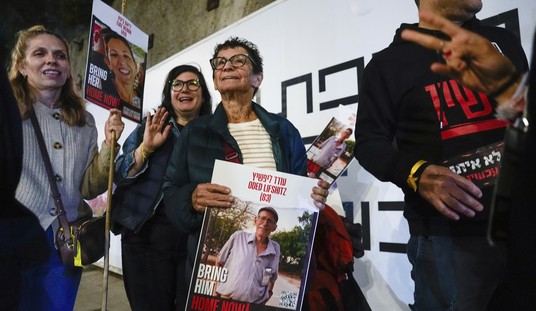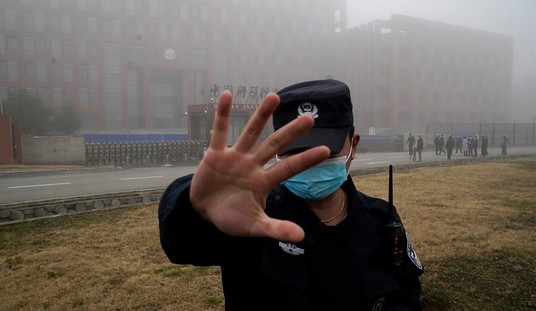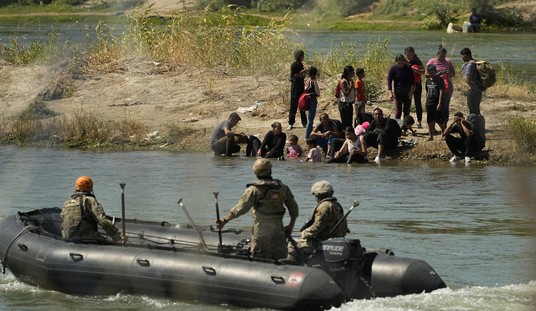Give the Associated Press credit for media consistency. News outlets have spent the last 50 years attempting to distance Ted Kennedy from Chappaquiddick, and this passive-voice remembrance is … perfect.
As Twitter pal Jeff Dobbs puts it, the real crime is that the car got away with it:
50 years ago today, Sen. Edward M. Kennedy left a party on Chappaquiddick Island near Martha's Vineyard with Mary Jo Kopechne, 28; some time later, Kennedy's car went off a bridge into the water. Kennedy was able to escape, but Kopechne drowned. pic.twitter.com/X7jCFJcyJw
— AP Images (@AP_Images) July 18, 2019
Let’s start this in reverse, as it’s the best way to put this in perspective. It’s not true that Kopechne “drowned.” The coroner never autopsied the body, itself a curious omission when dealing with an unattended death of a healthy young woman. Eyewitness testimony by the person who recovered her body at the scene, as well as the position of the body, strongly suggests she suffocated after spending a significant amount of time exhausting the oxygen in the air bubble of the submerged car. Heavy covered this in the release of the film Chappaquiddick last year:
According to the Globe, in real life, an autopsy was not conducted on Kopechne so it’s not clear if she drowned or suffocated inside the car. While both are awful ways to go, the latter is certainly more agonizing and long. The Globe notes that the diver who pulled Mary Jo’s body from the submerged vehicle believed she “suffocated after surviving for an hour or more in a pocket of air, based on the position of her body.” That means there is evidence for the version of events that the film tells, but it’s still just one theory.
It’s a plausible one, though. When the diver reached Kopechne, according to History.com, “Her face was pressed into the footwell, and her hands gripped the back of the front seat, as if she had been trying to push her head into a pocket of air.” However, some authors have argued that, in part because of the cold water, she could not have survived long. The site notes that an inquest into Mary Jo’s death “concluded that as there was no evidence any air remained in the submerged car,” though, but did not allow testimony about how long she survived, calling it conjecture.
Reporting it as a drowning 50 years later is factually deficient, but that’s the least of the sins of this AP headline. Nowhere in this description is the fact that Kennedy was driving the car, and that he was speeding when he went off the bridge. Instead, the car mysteriously “went off a bridge” by itself, or perhaps with Kopechne at the wheel.
Also missing from this description is the fact that Kennedy took nine hours to report the accident to police. He used that time to concoct a ridiculous series of claims in an attempt to minimize or eliminate his culpability for leaving Kopechne behind. If Kopechne did suffocate, as the evidence strongly suggests, a timely report by Kennedy could have saved her life.
The national media ignored all of this during Kennedy’s life in order to protect his political career. The AP uses a ridiculous passive voice to ignore it after his death. Now they’re just protecting their own reputations, because to report this anniversary honestly would mean having to discuss — as the film Chappaquiddick did — the pernicious mythologizing of the Kennedys by the media and its costs to others.
If you missed the film last year, make time to catch it this weekend. Its excellence is only exceeded by the surprise that Hollywood actually told this story. It’s available on Amazon Prime streaming.








Join the conversation as a VIP Member